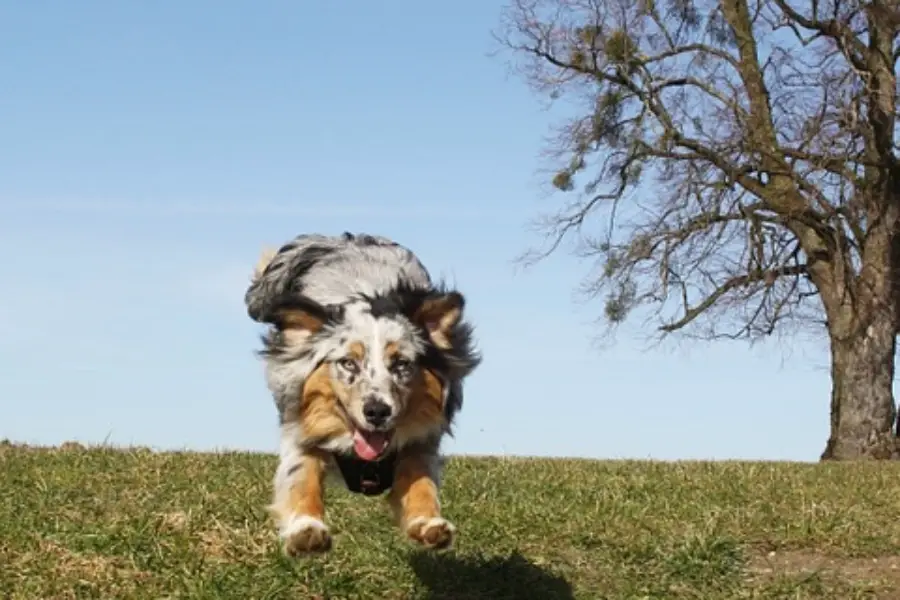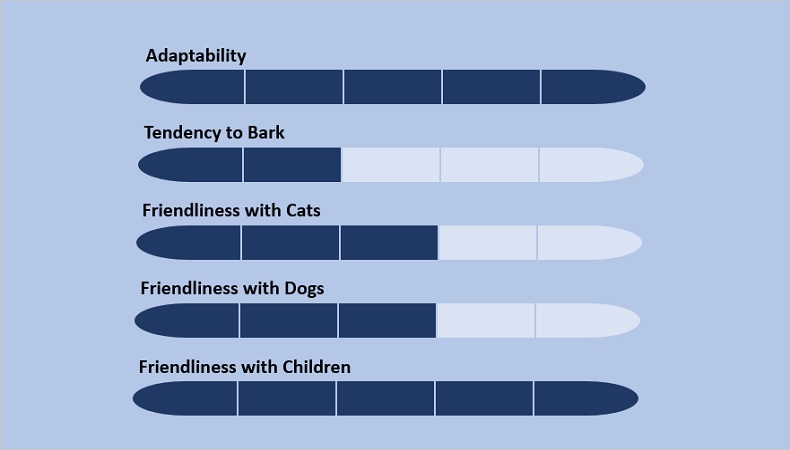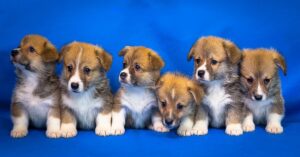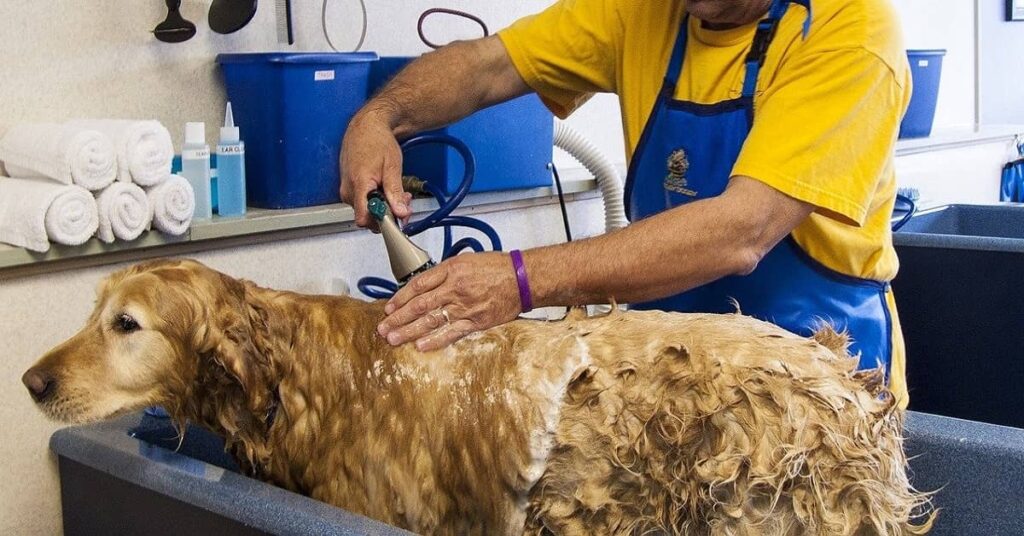AUSTRALIAN SHEPHERD
Also Know as:
Aussie, Little Blue Dog.
.
.
Origin: United States
Type: Pure Breed
Height: 18 to 23 inches
Weight: 40 to 65 pounds
Life Expectancy: 12 to 15 years
AUSTRALIAN SHEPHERD TEMPERAMENT
Aussies are naturally energetic dogs, they require lots of exercising and always need a job to do. They were used to herd livestock in the past and the same instinct runs in them even to this present day. They love being involved in some form of mental activity, whether learning a new trick or competing in some form of sporting activity, their attention is always razor-sharp. Even with their hyperactive nature, they are known to be very faithful dogs, very sweet, affectionate, and surprisingly good with children. Although their hyperactive nature may cause them to nip at a kid or family member, this is done because of their protective nature. They are known to be good watchdogs. Not a noisy dog by nature, you will hear them bark more as a warning to a perceived stranger or intruder to the pack or family. They are highly intelligent dogs, and this characteristic makes them easy to train. They naturally love to play, this also means that they can get bored very easily and if they feel neglected, can involve themselves in activities which you are likely not to approve of like digging or destruction of property in their bid to be engaged.
Having said all this, the Australian Shepherd will do well only in a situation where his pack or household is very invested in terms of time to his or her day to day activities. If you cannot do this, it is always better to look for a breed that will suit your daily tempo.
.
You can get Free Dog Training Videos Here
.
AUSTRALIAN SHEPHERD PHYSICAL APPEARANCE
There is a noticeable difference in height and weight between the male and female Aussie. The male is about 20 to 23 inches in height and 50 to 65 pounds in weight, while the female is 18 to 21 inches in height and 40 to 55 pounds in weight.
They also come in different colors: black, blue merle, red and red merle. All these colors can occur with or without white markings, tan points, or both. When they occur with white markings or tans, they are usually called tricolor dogs.
Their tails can be a bit confusing, the norm is for Aussies to have short bobbed or docked tails. This can occur naturally or be done by their breeders in countries where this is allowed. That being said, you can still get Aussies with full long tails.
AUSTRALIAN SHEPHERD CHARACTERISTICS
AUSTRALIAN SHEPHERD CARE
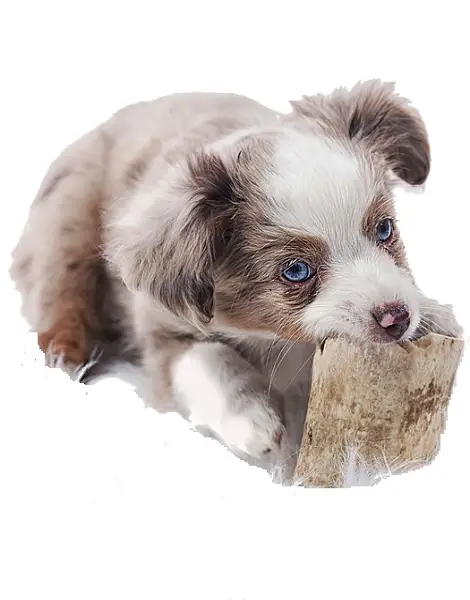
AUSTRALIAN SHEPHERD HISTORY

The Australian Shepherd as is fondly called strangely does not originate from Australia. The breed as is known and loved today originated from California, United States. Even at that, the Australian Shepherd has an interesting story.
In the Mid-1700s European farmers returning from the American region by sea came to settle in the borderlands between Spain and France. Here they engaged in their farming practice and produced a herding dog called the Pyrenean Shepherd which was the predecessor to the modern Aussie.
A century later, Australian immigrants coming to Europe because of the vast pastureland available for cattle ranching came to settle around this region, their they came to love and adopt these dogs from the native Basques in the region to help them herd and protect their cattle.
As time went on, the Basque native because of interactions with the Australian, fell in love with the way the dogs were used as watchdogs, herders, and faithful companions. They also started migrating east towards the Australian continent seeking lands of their own for farming fortune and prosperity, by now the dogs were already tagged Australian Shepherd dogs due to how the Australian migrants used them.
During this migration and settlement in Australia, the Aussie came to be more refined as they were crossbred with the Collies and Border Collies in these regions. After building up a form in these areas, some of the Basques decided to leave Australia to go to America all in the search for greener pastures.
In America, the ranchers in California came to admire and desire the Aussies due to their abilities as herding dogs. By then the name Australian Shepherd dogs had stuck to them. The ranchers adopted them and used them well as herding dogs, so much that Aussies became part of their cowboy culture. Even to date, the Australian Shepherd is used in the western parts of America for herding purposes. But due to their intelligence and versatile nature you will find them being used as service dogs, search and rescue dogs, drug detector dogs, and even more so as therapy dogs.
In the 1950’s there popularity shot up significantly when Disney used them in the film “Run Appaloosa Run” and they also started featuring as performing dogs in Rodeo. It wasn’t until 1993 that the Australian Shepherd was recognized as a herding dog by the American Kennel Club.

Hi, I am Charles Nwankwo Editor-in-Chief, Mydoggything.com. Gleaning from Professional Dog Trainers, behaviorist, Registered Veterinarians, and Breeders. We are passionate about making dog care easy for you. My job is to make sure that you get the best-updated dog care information to understand and take care of your dog or dogs.
